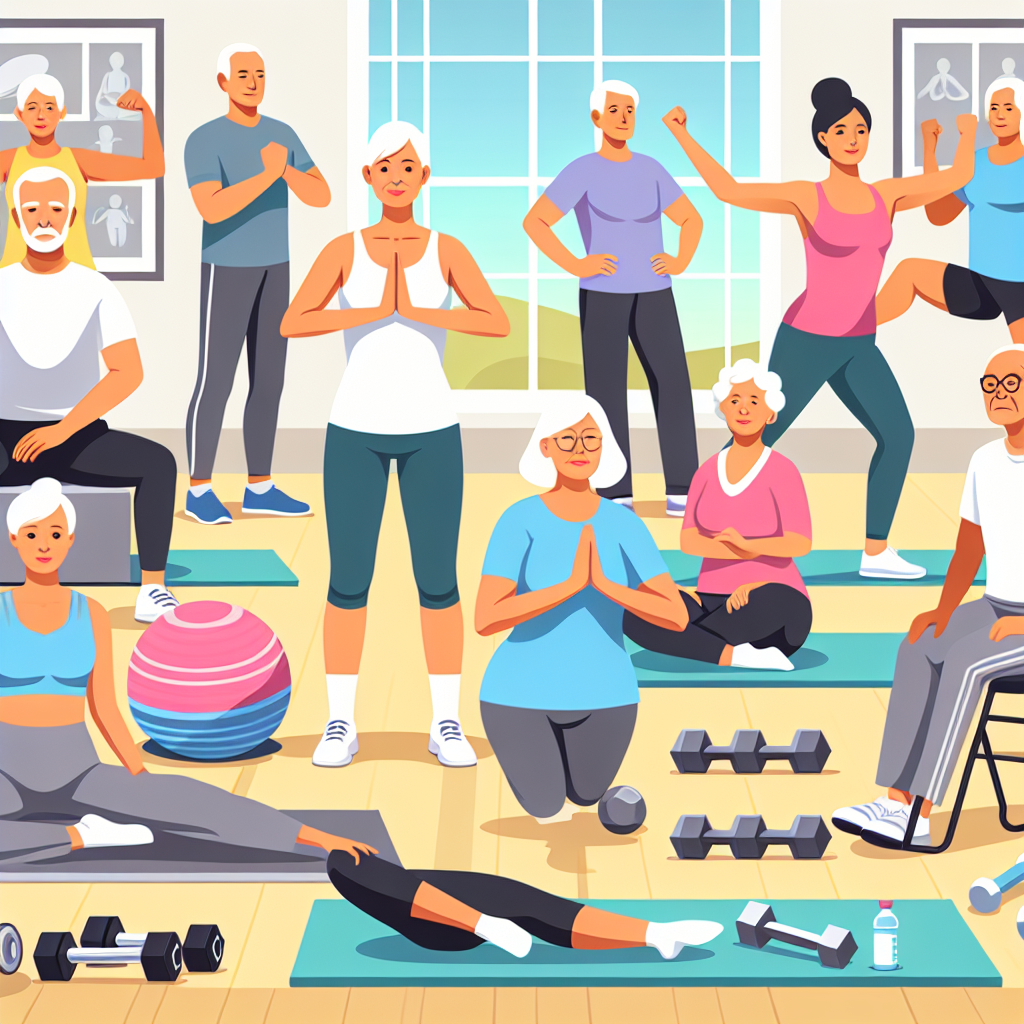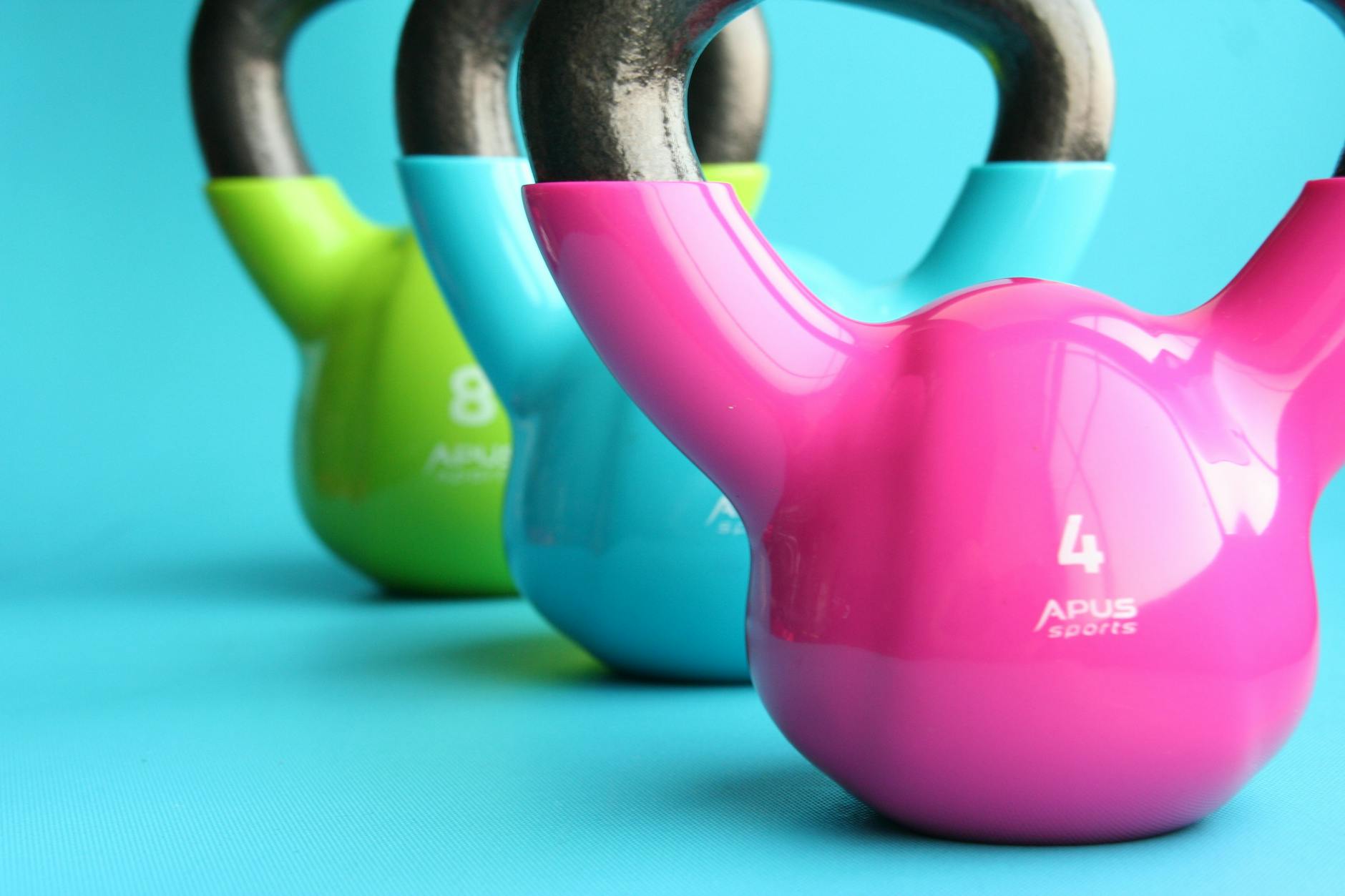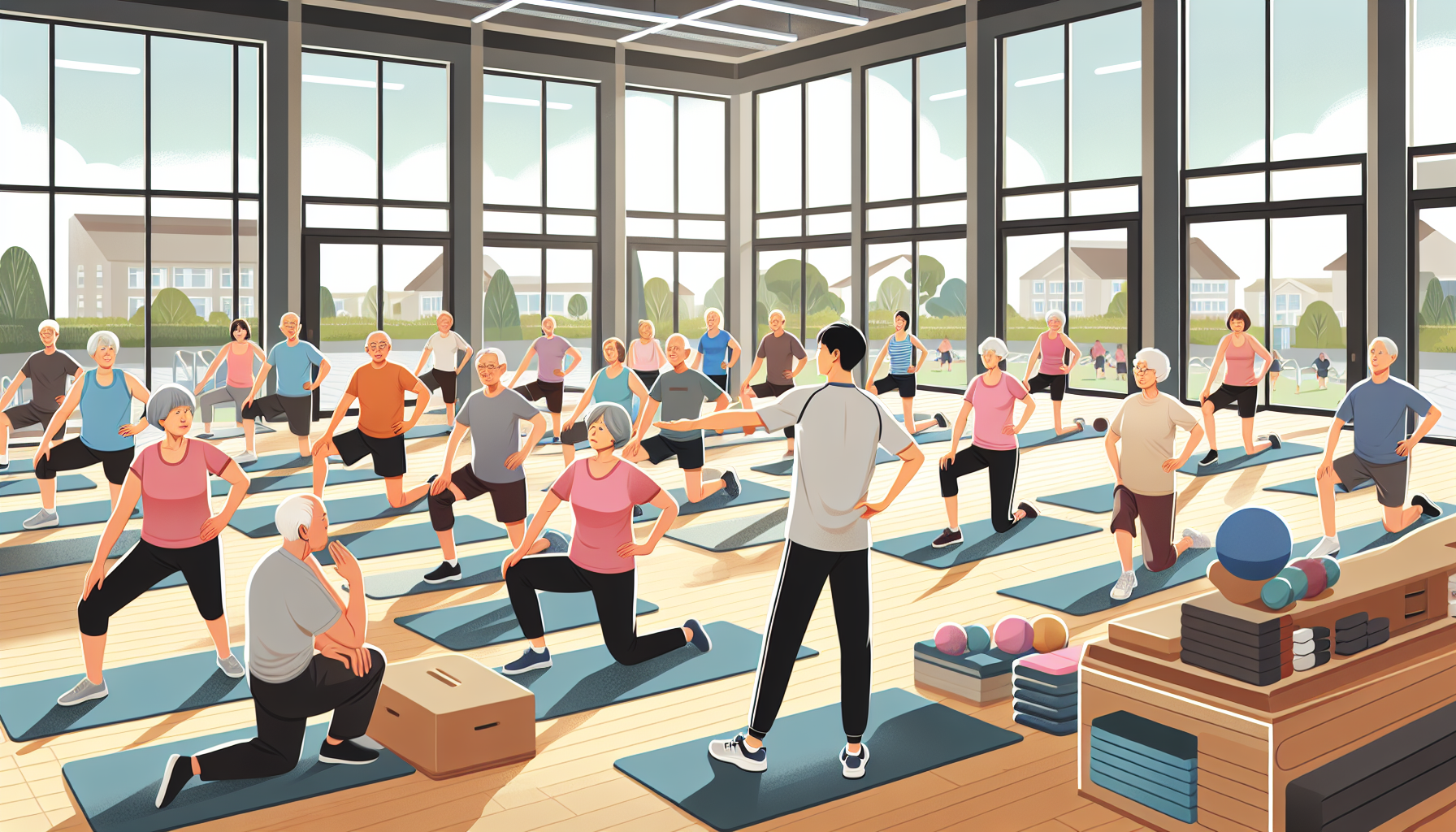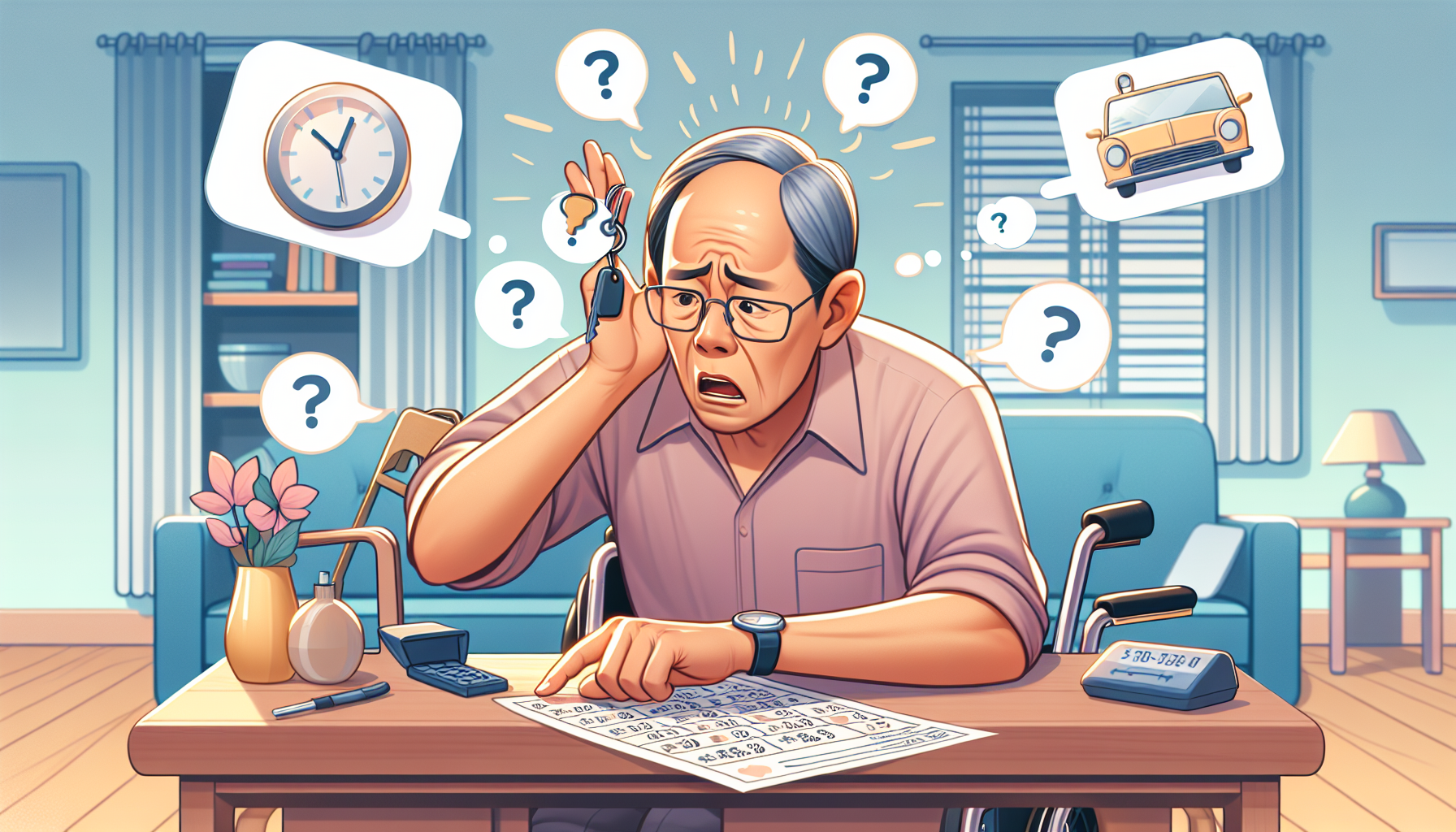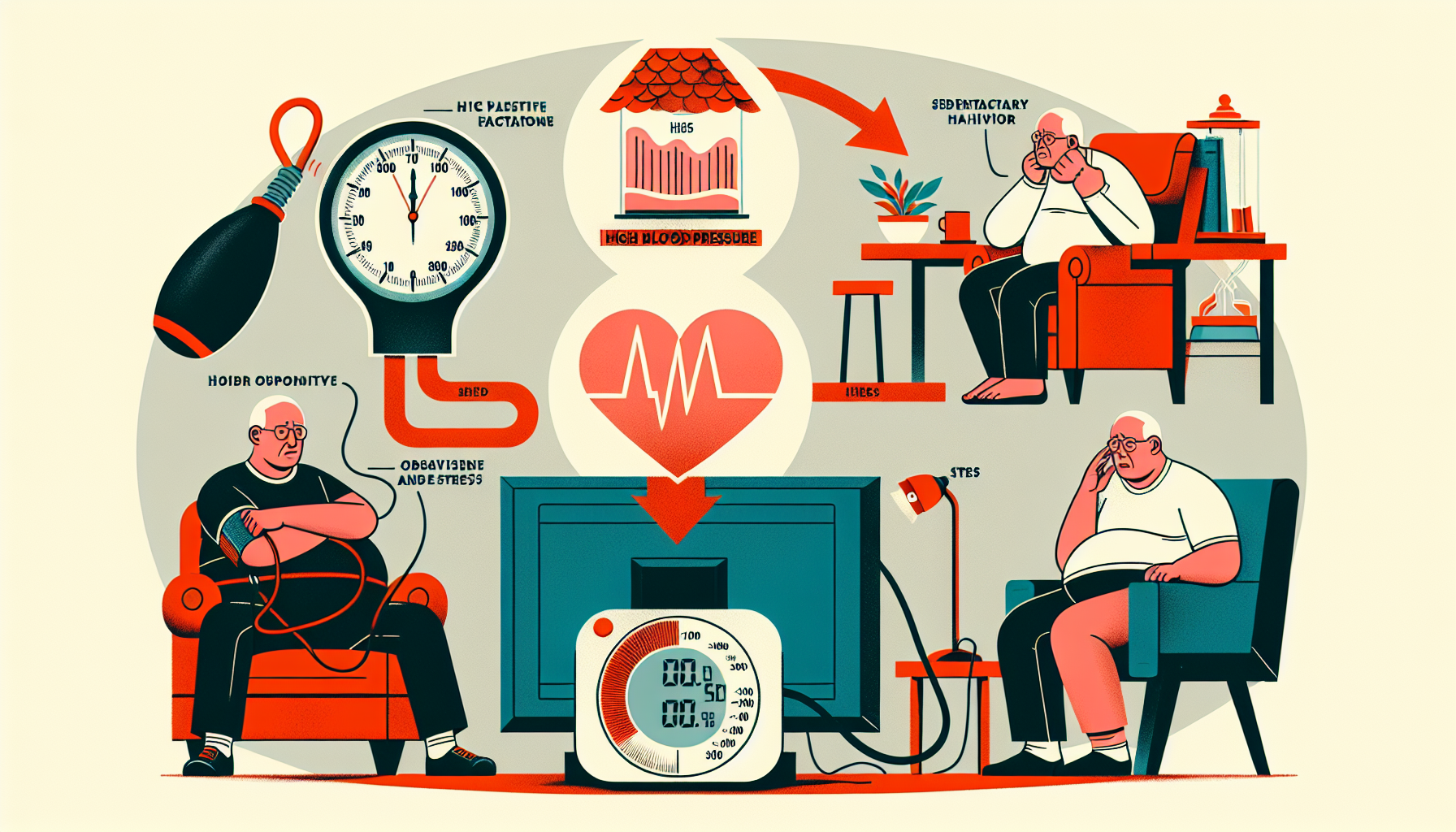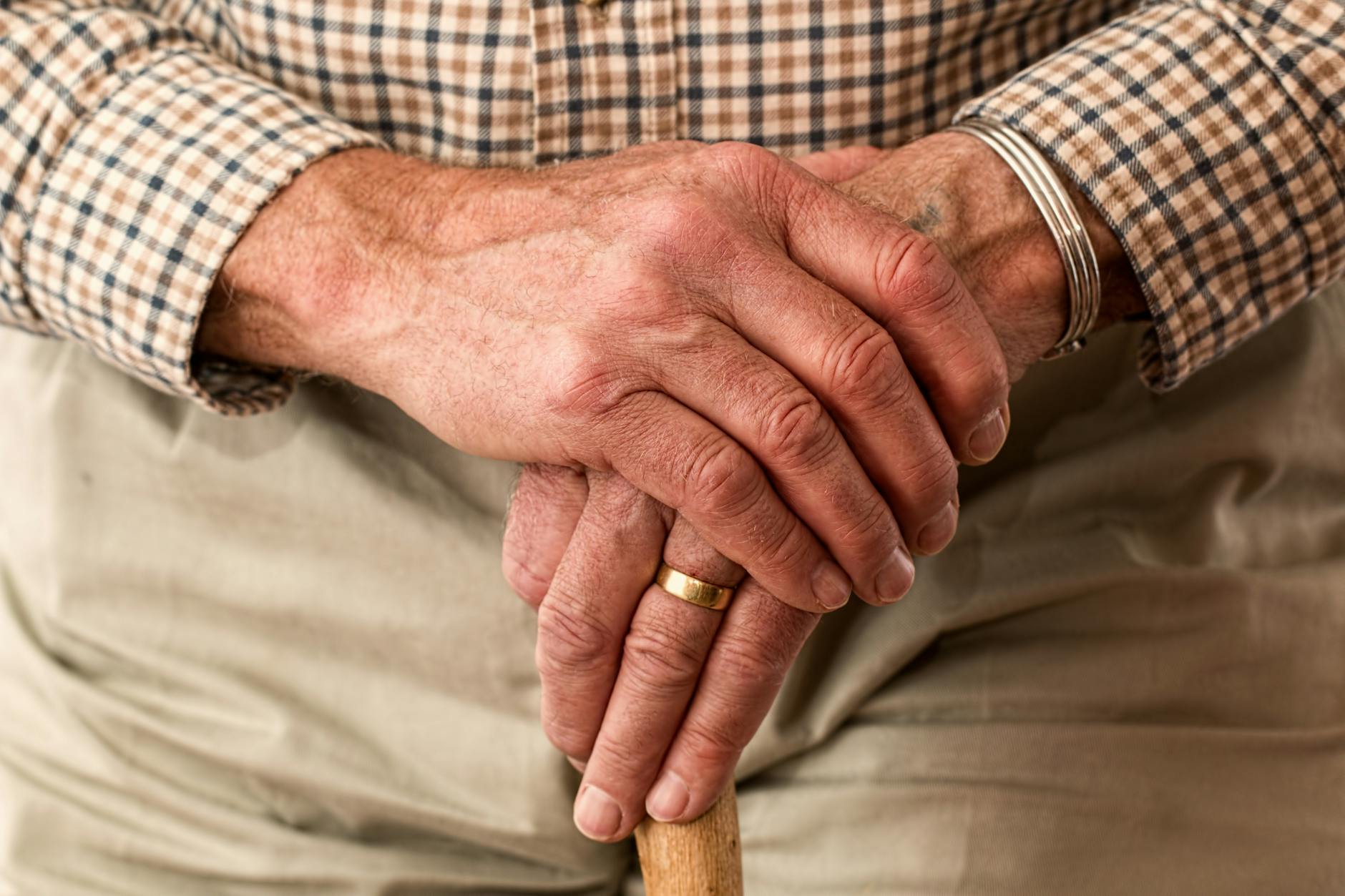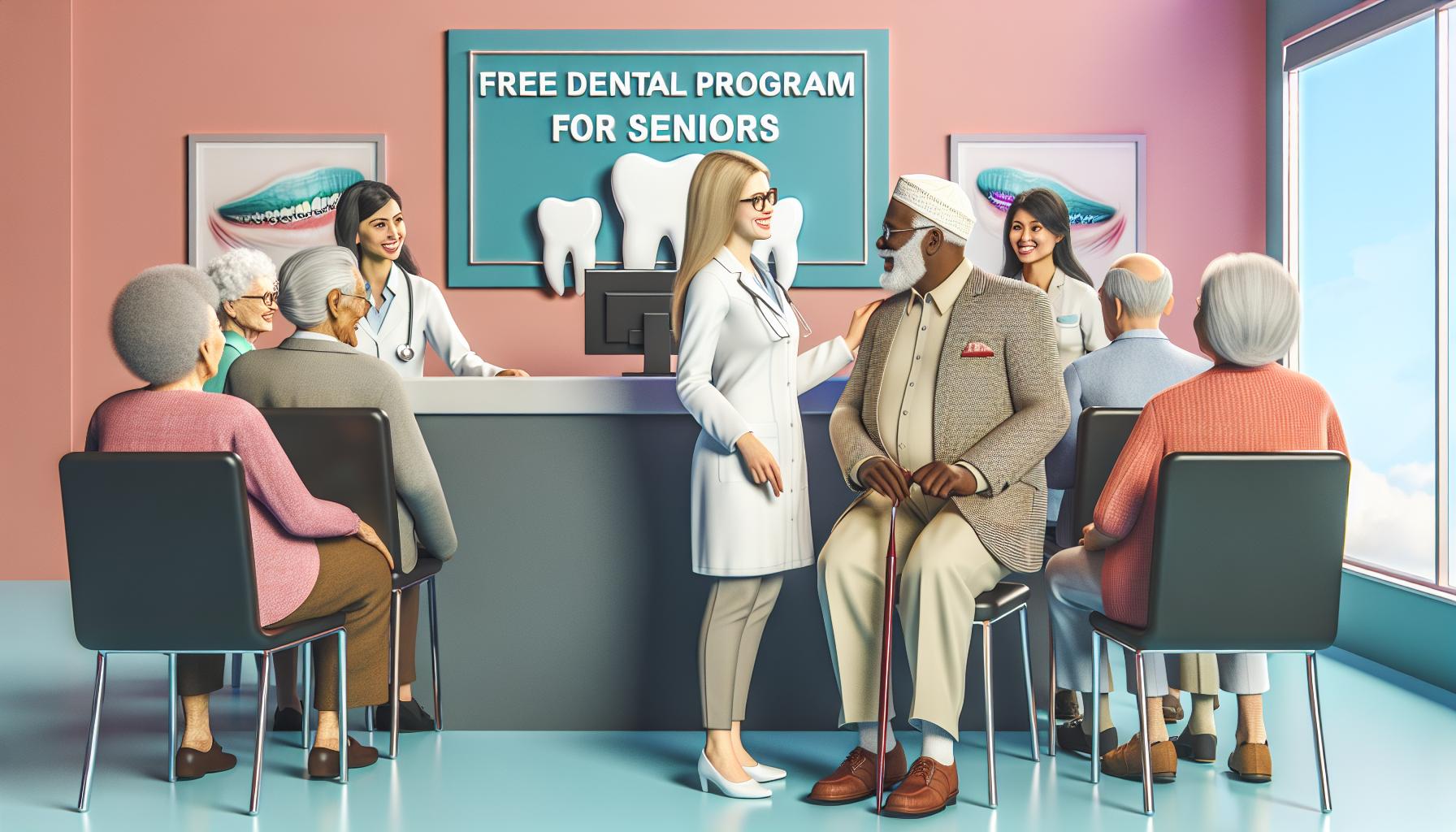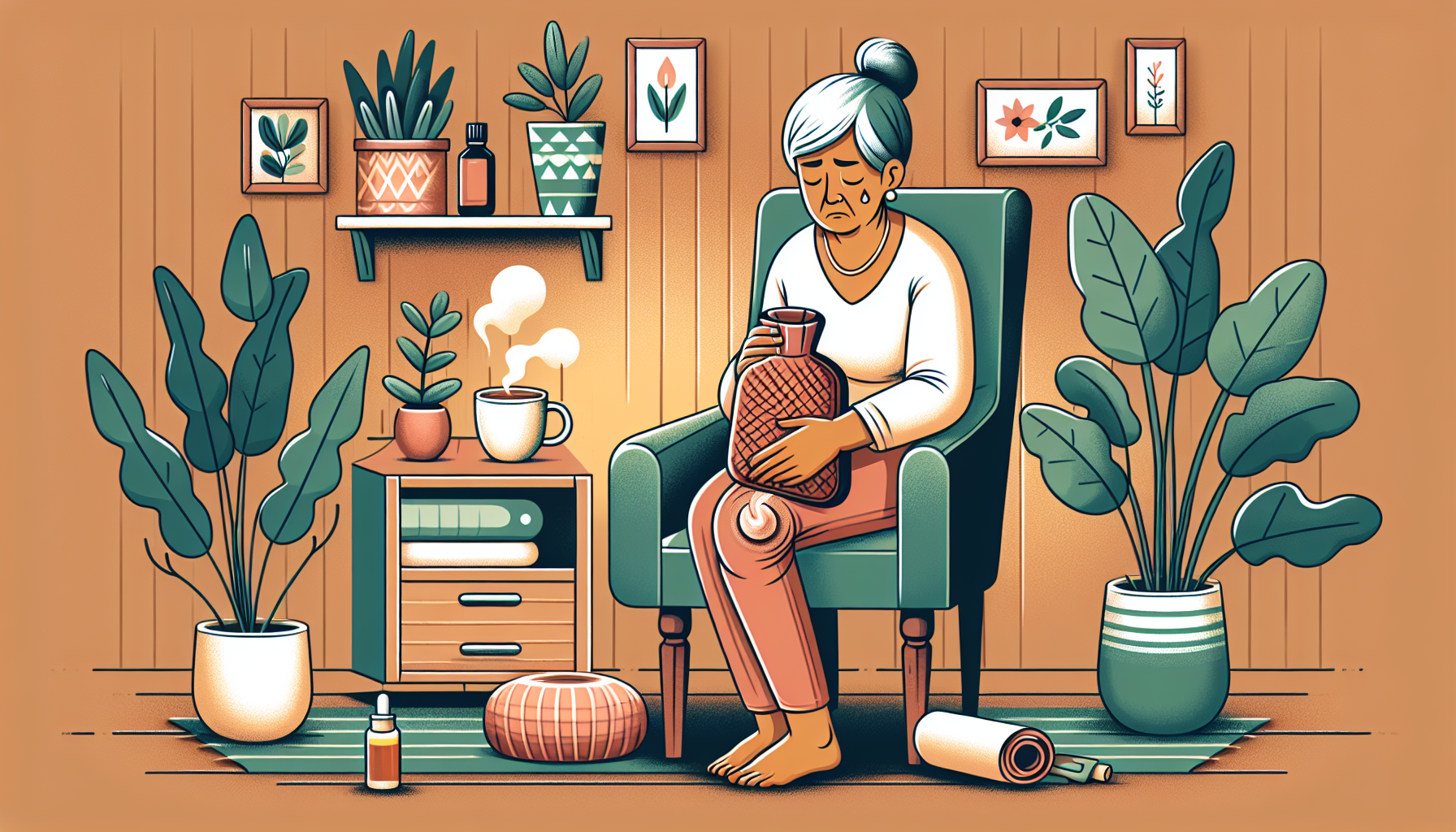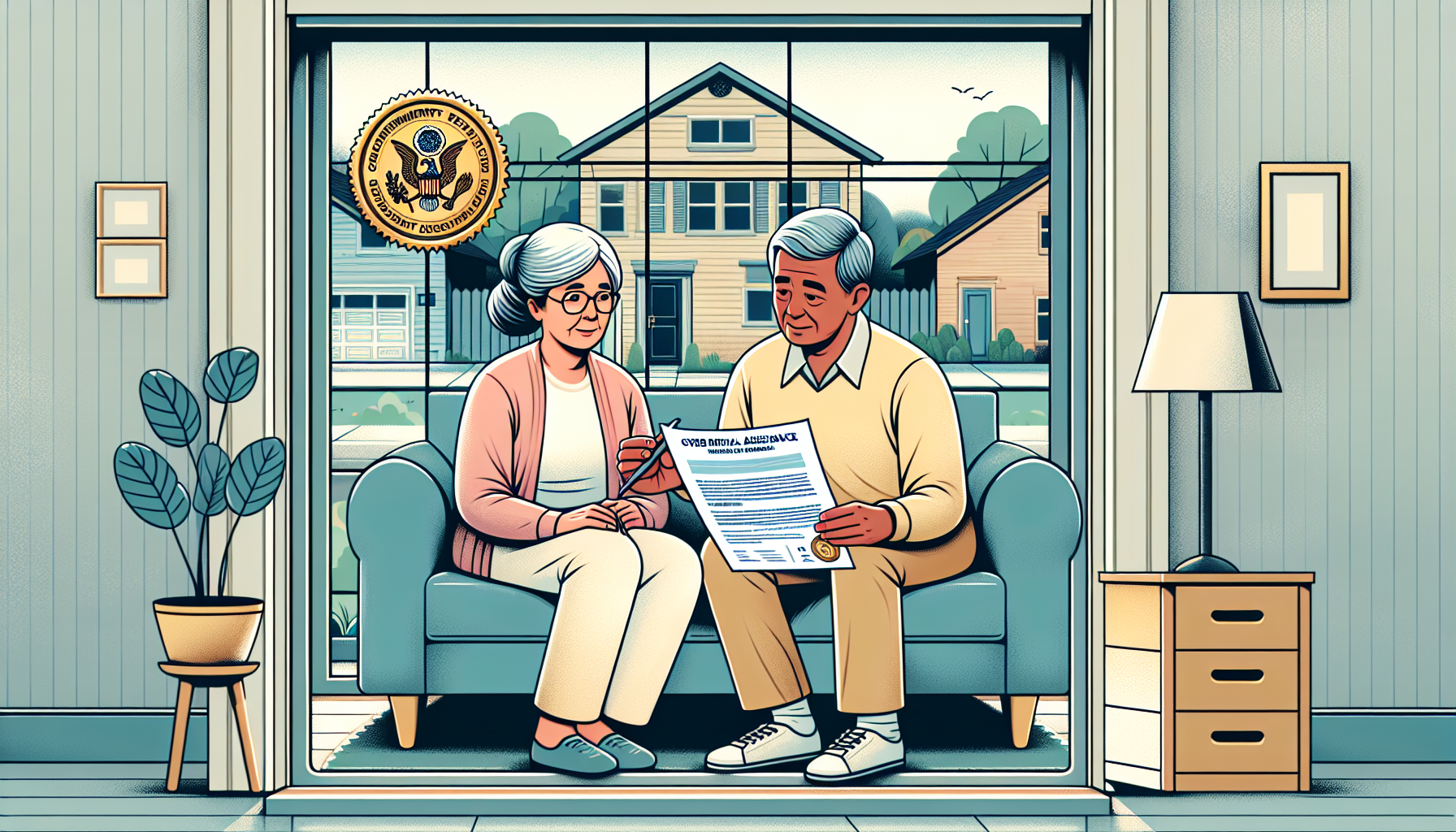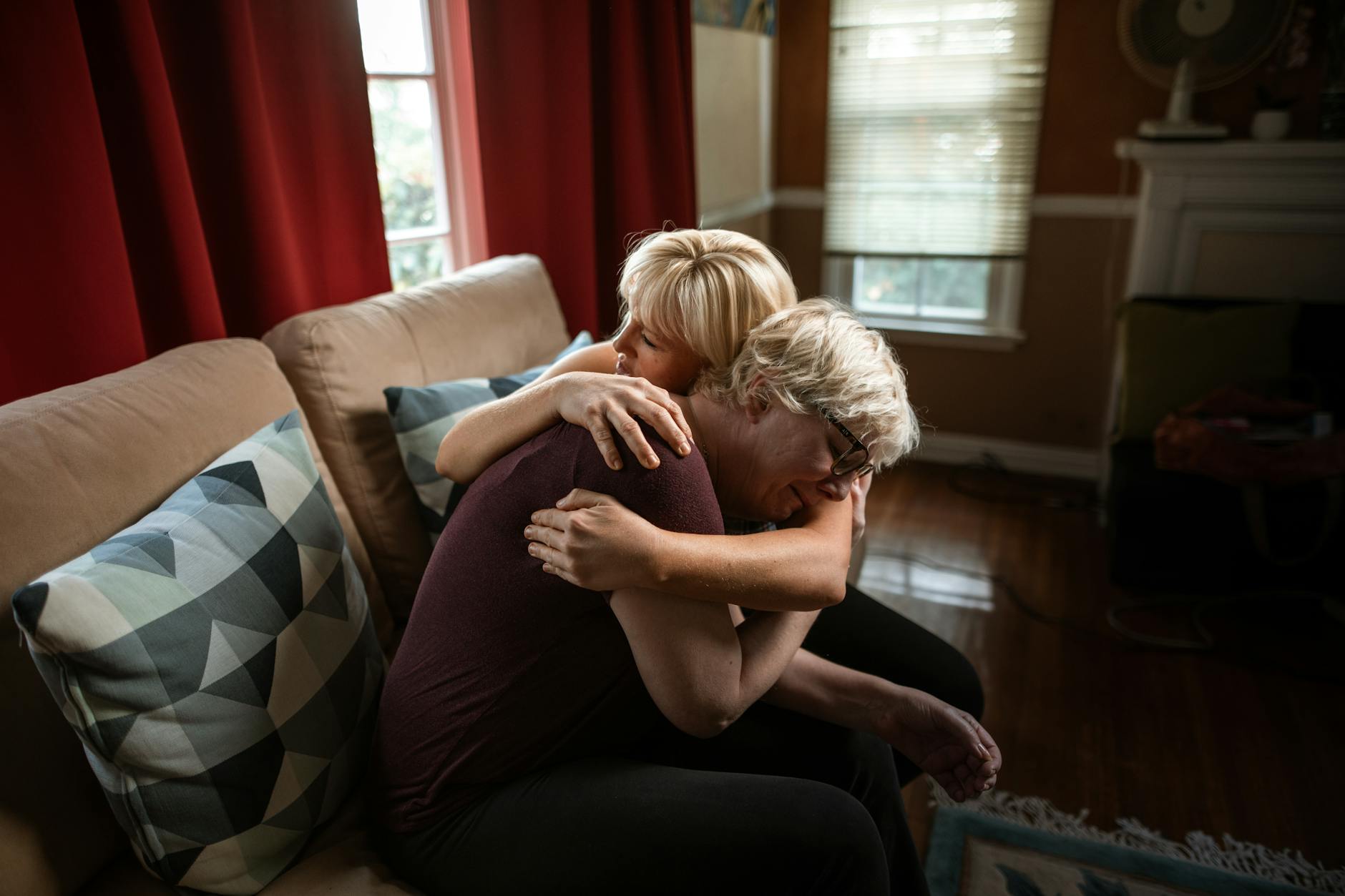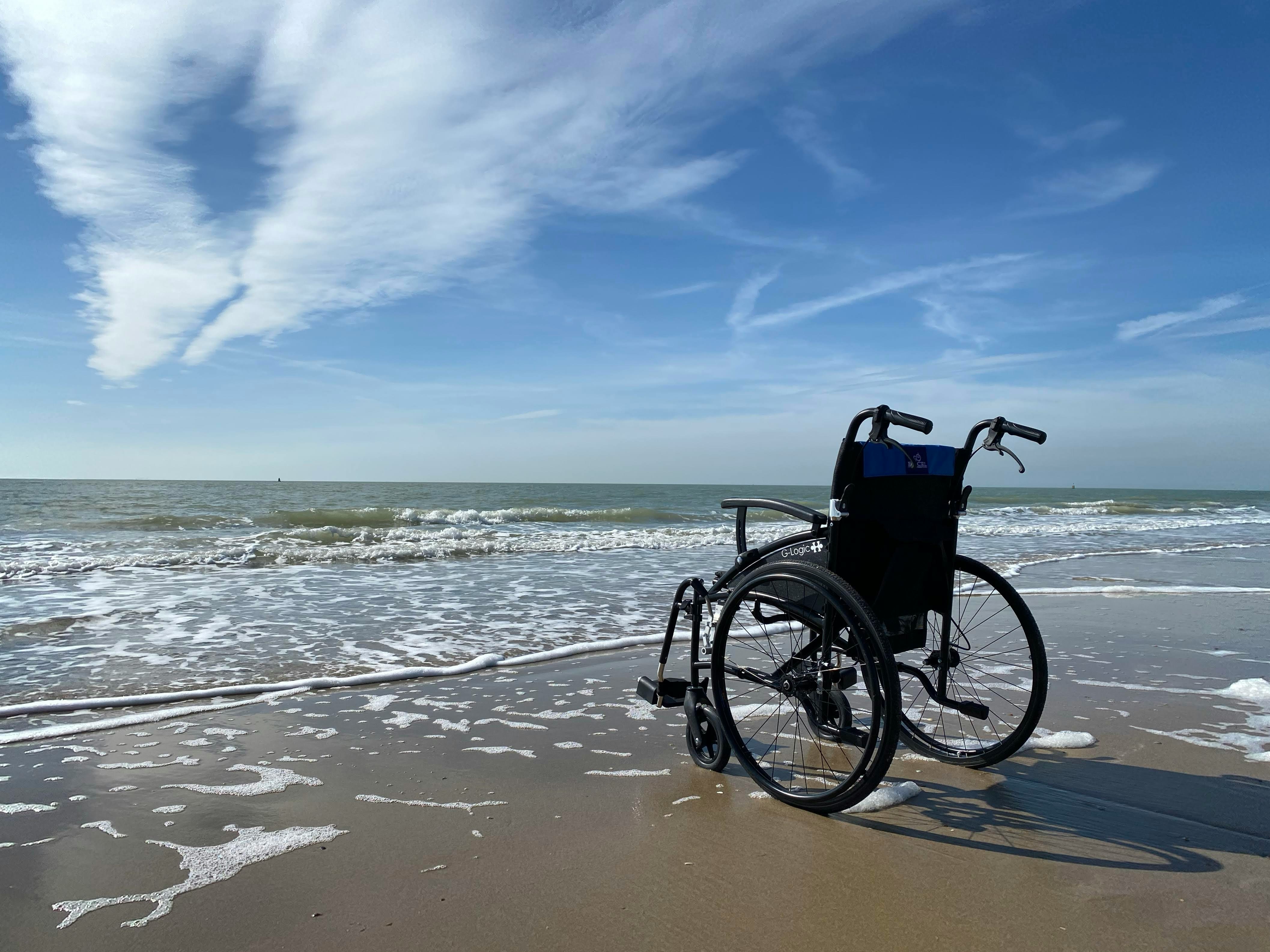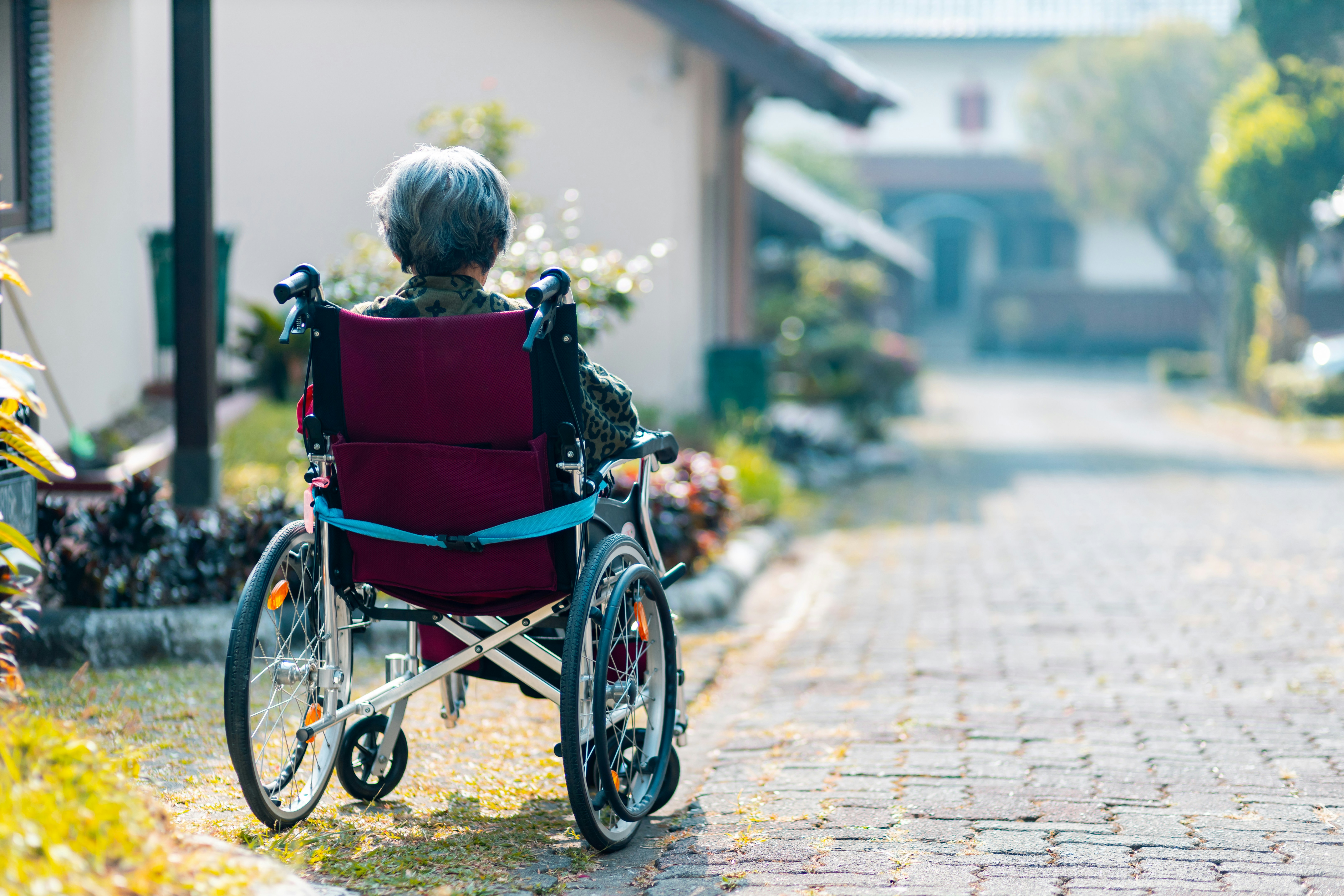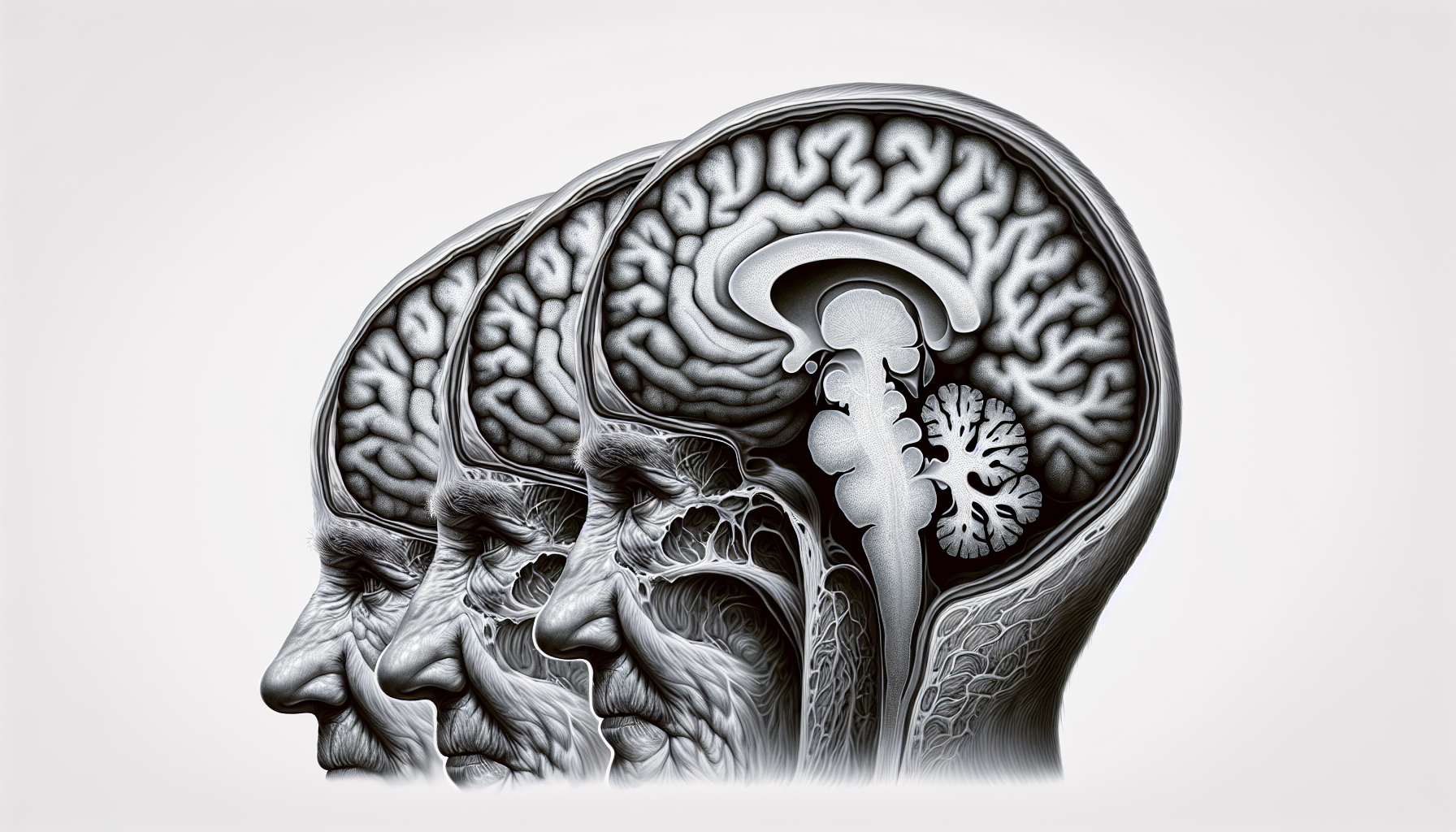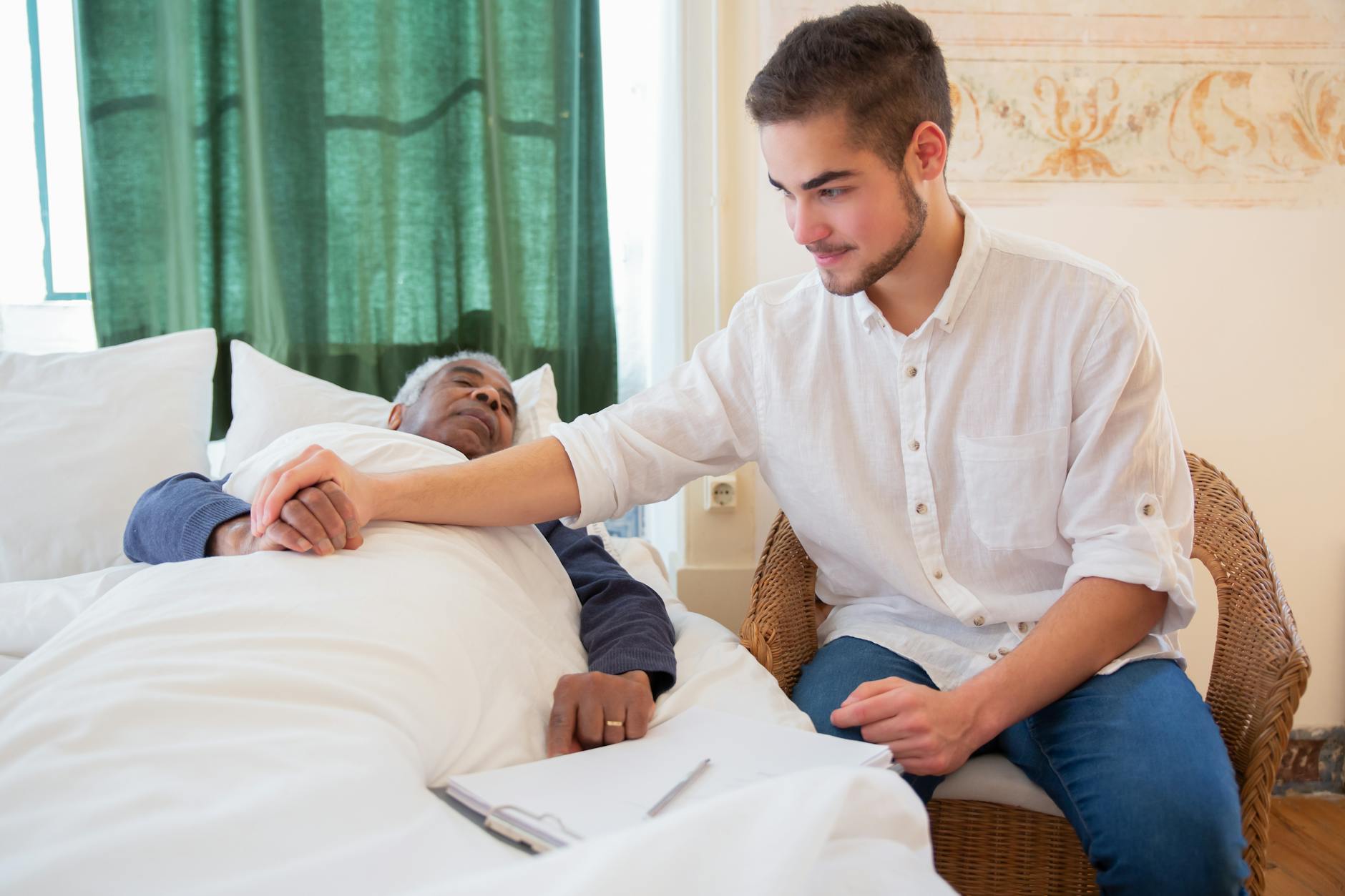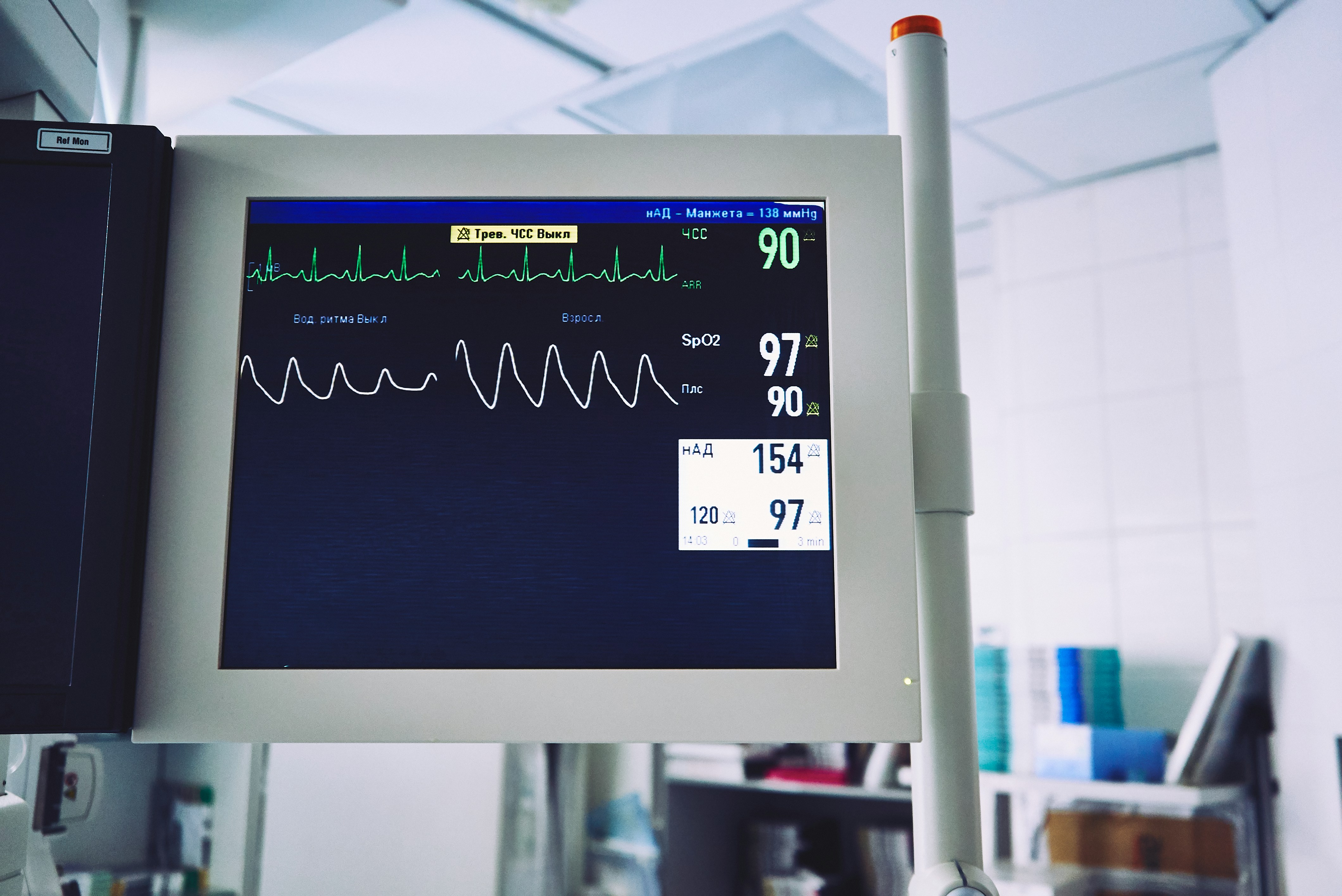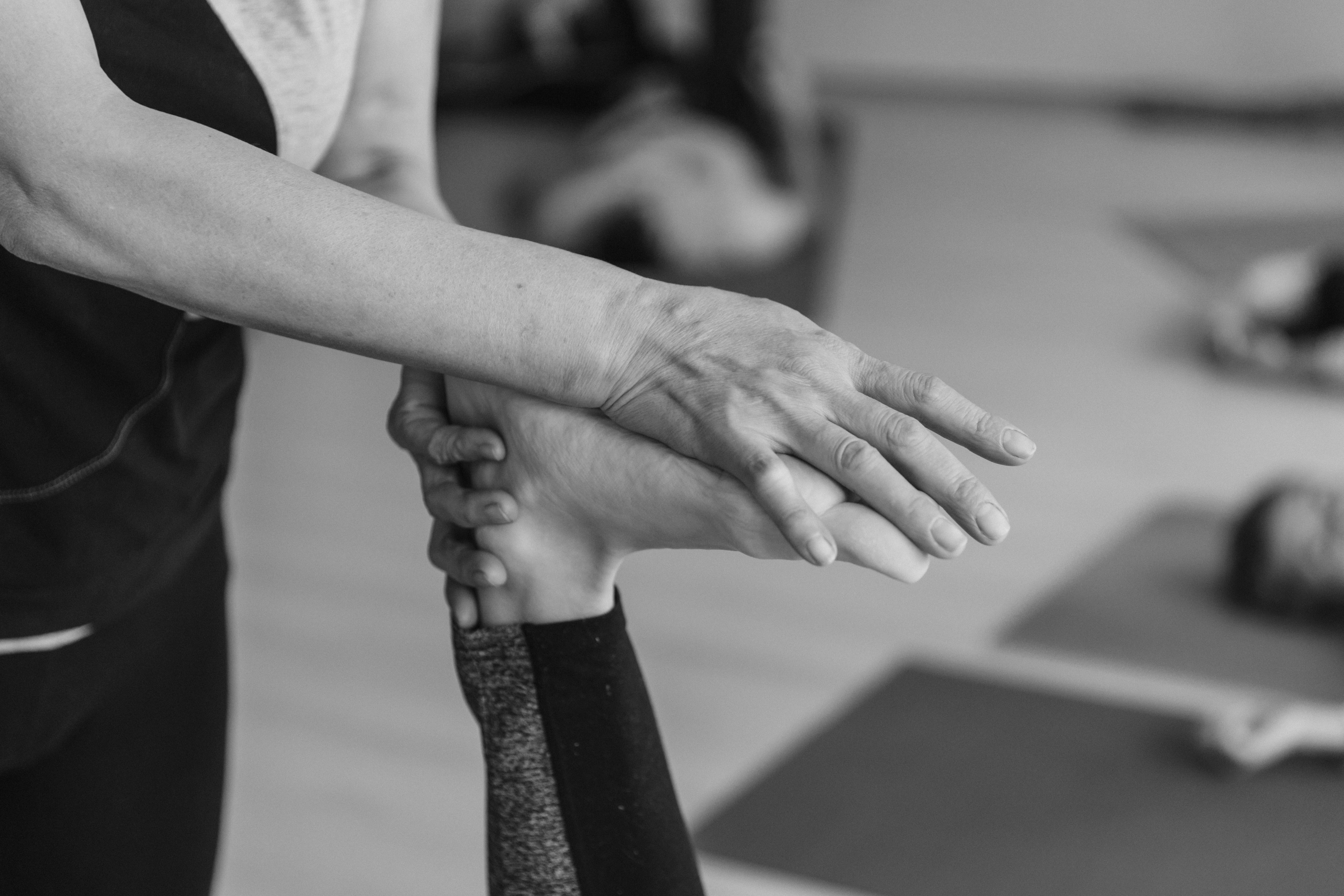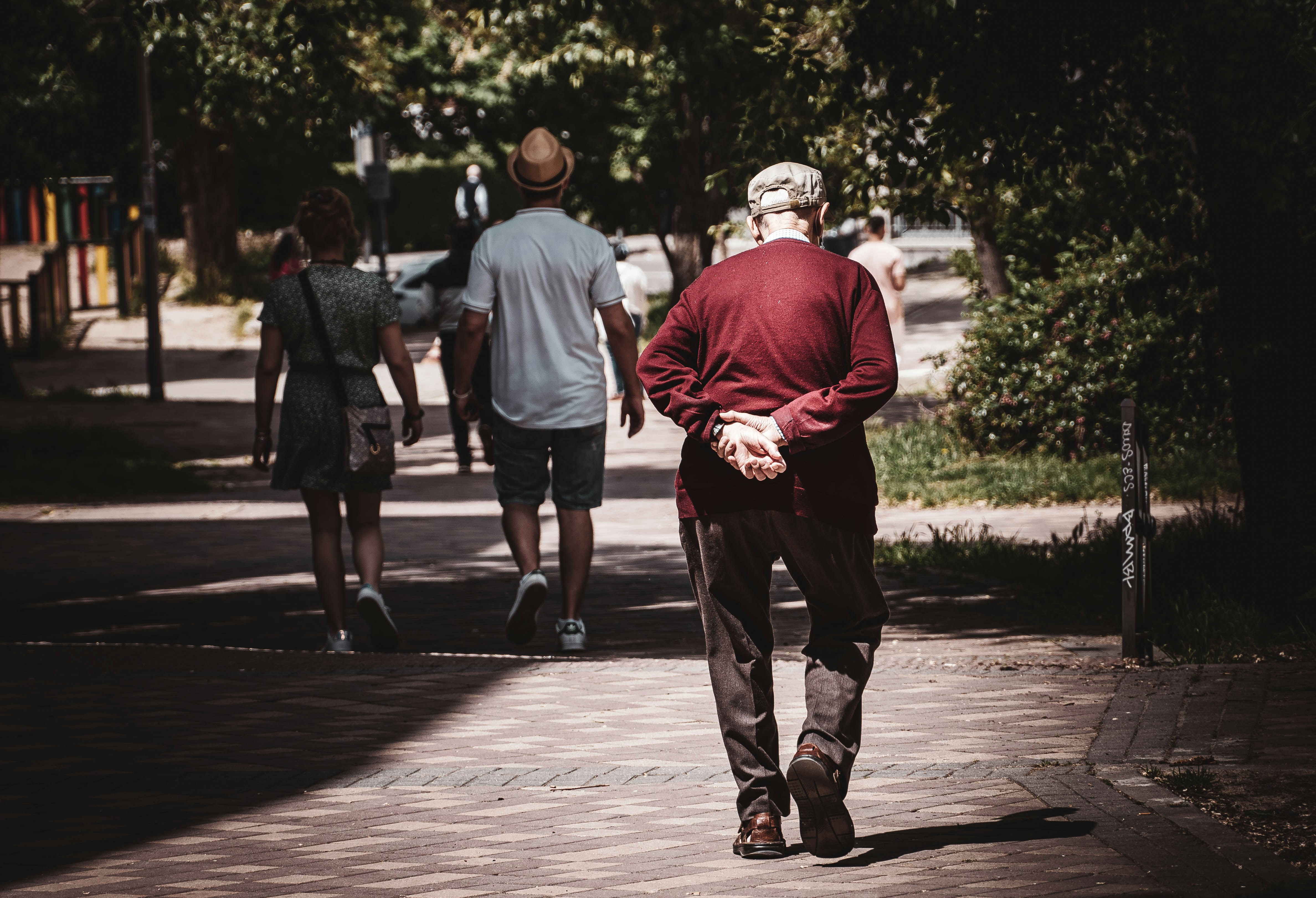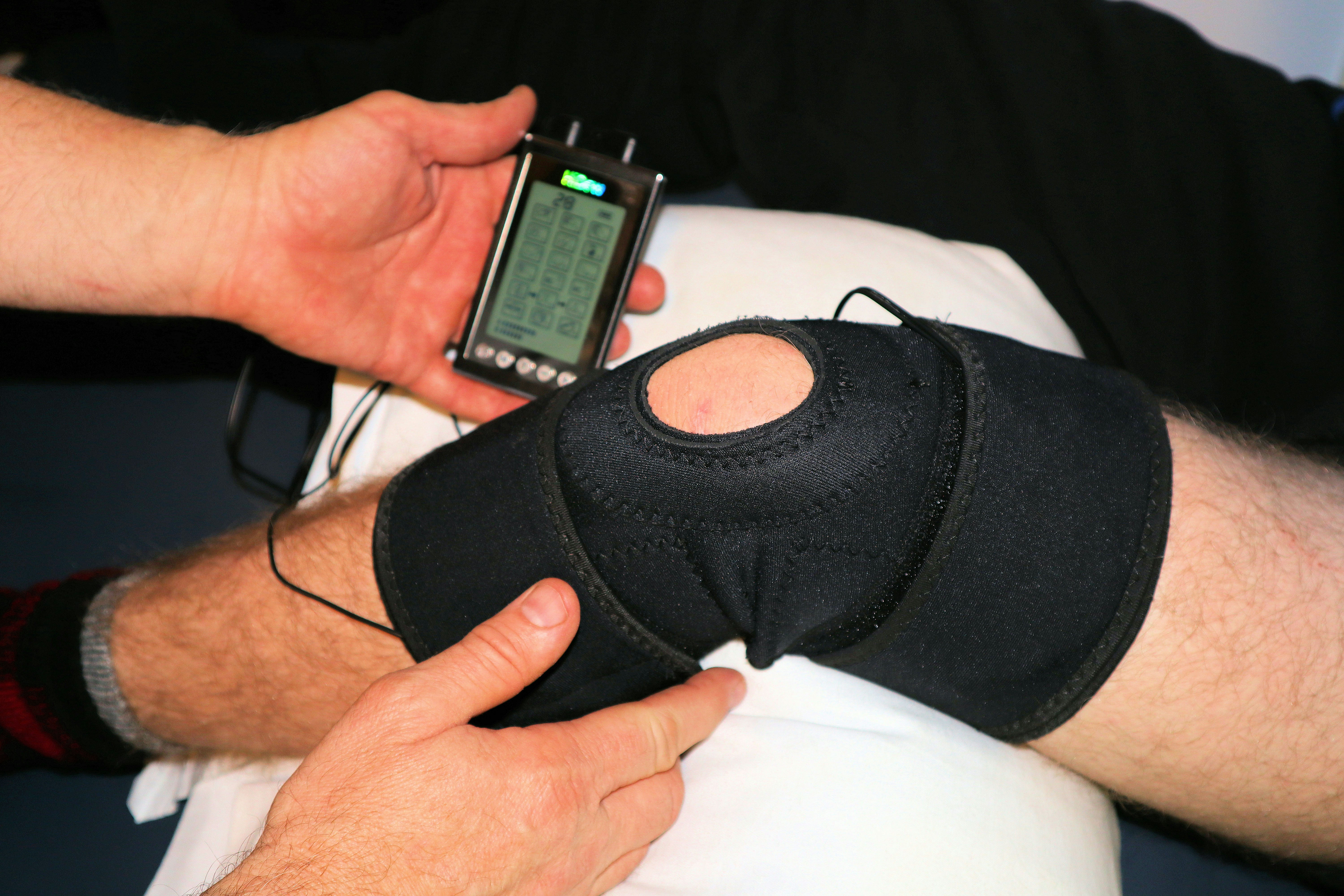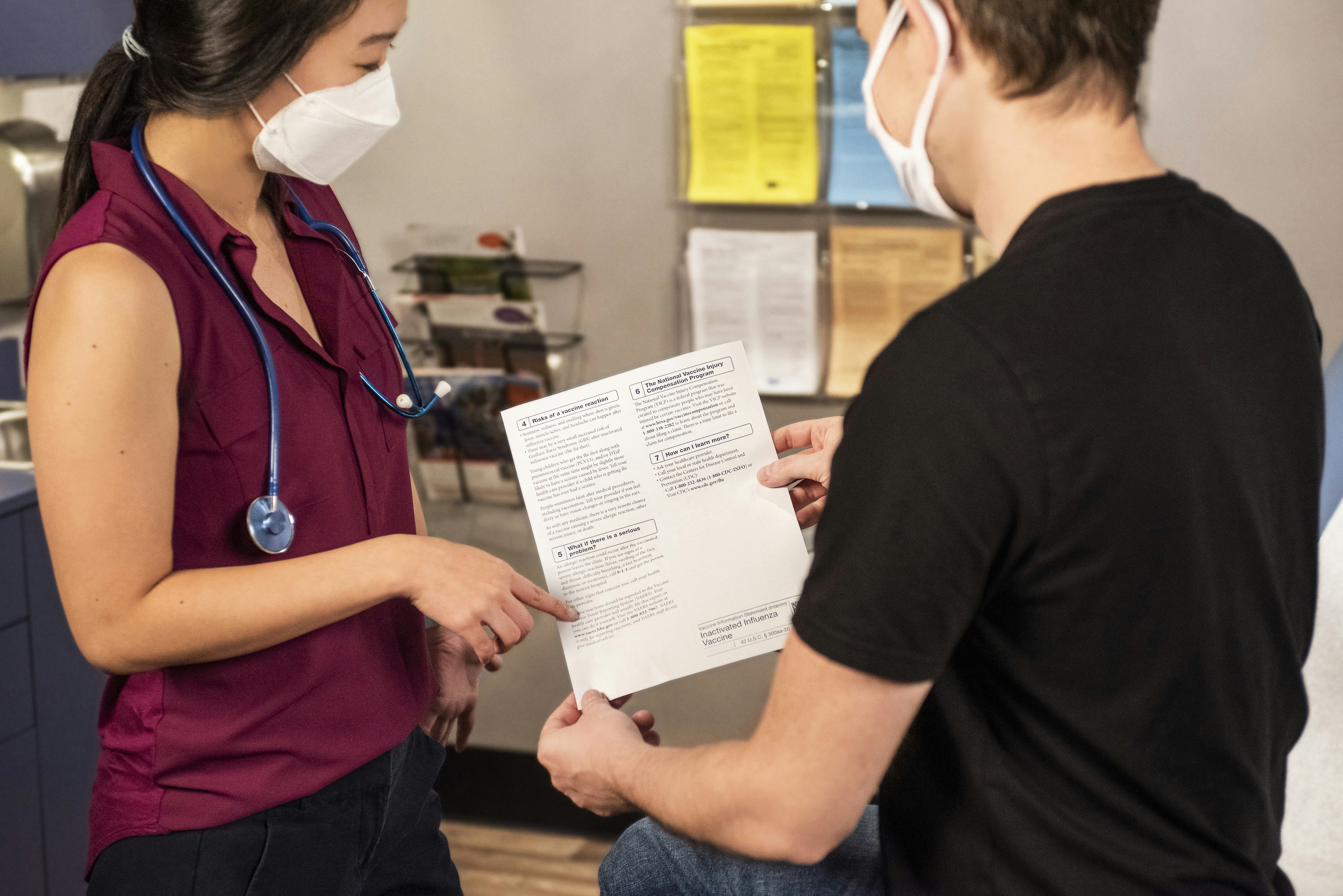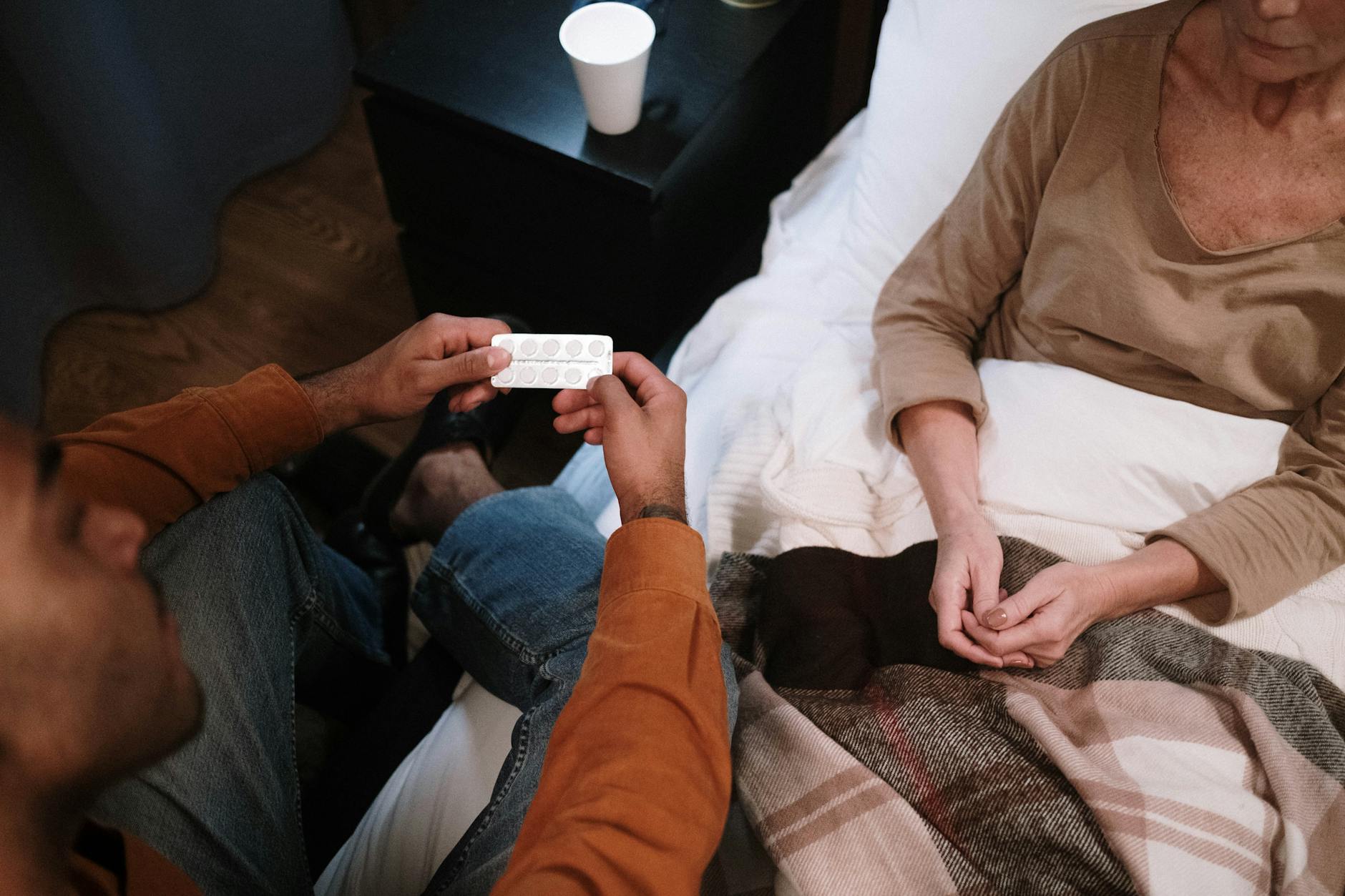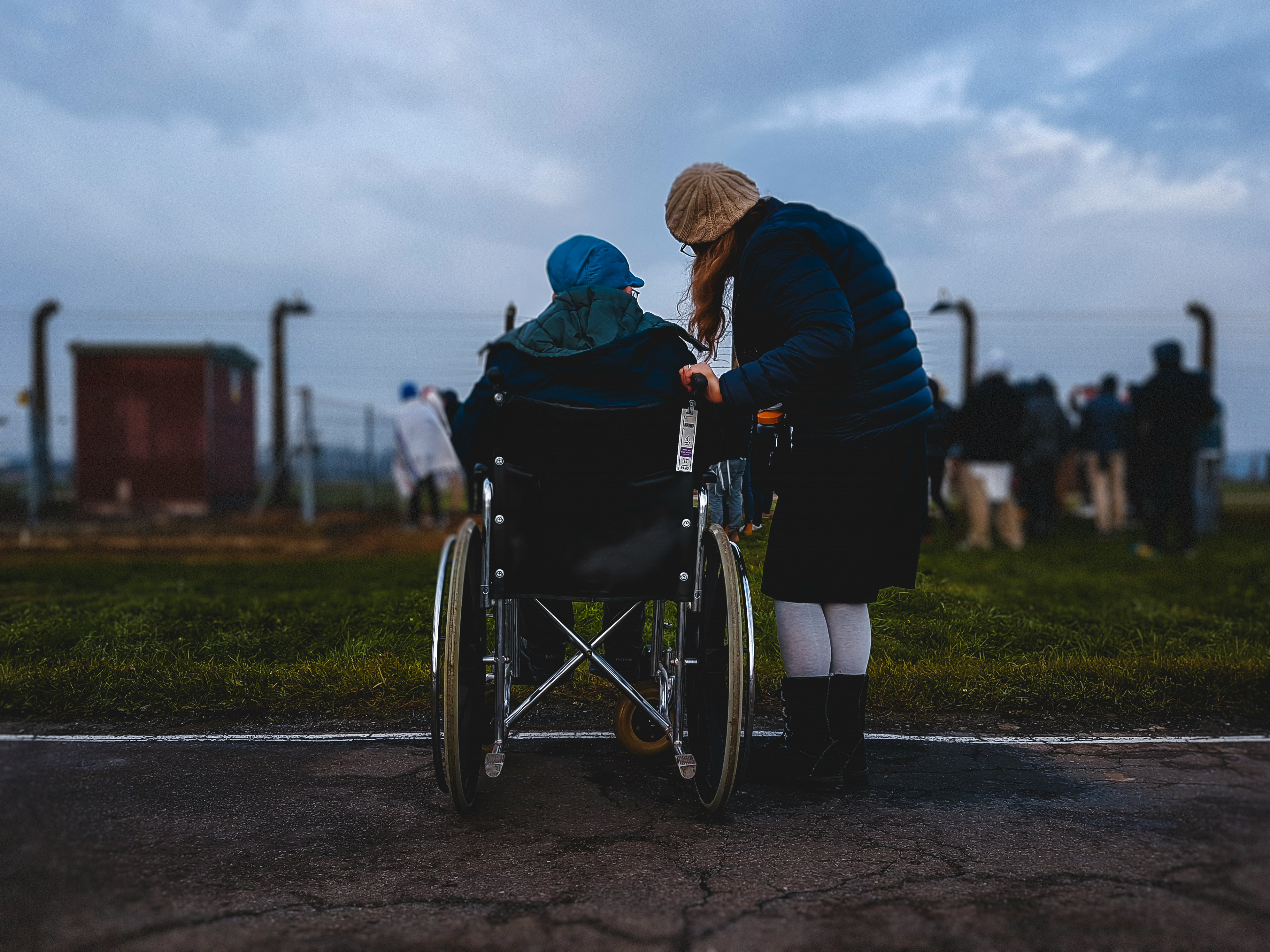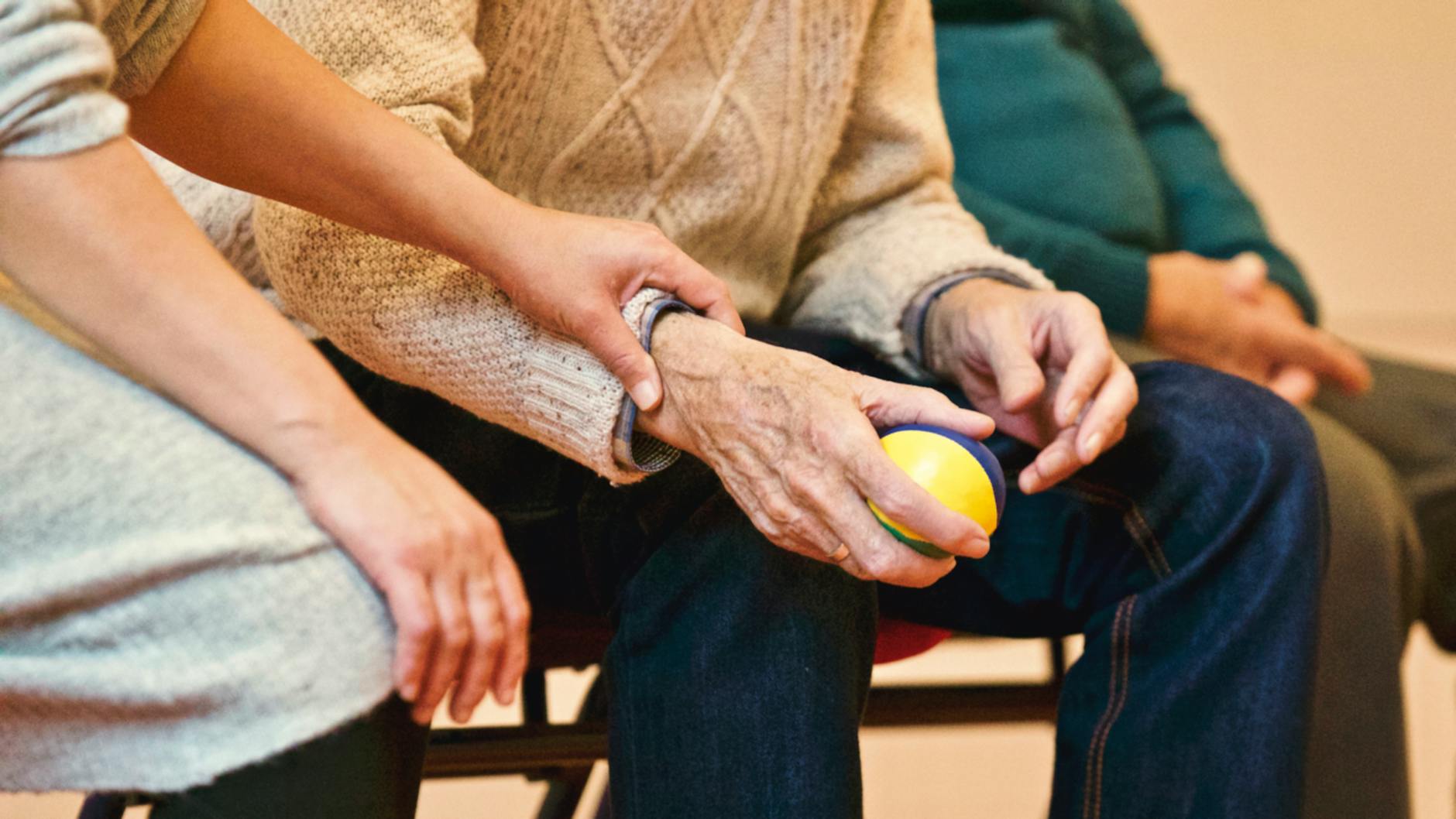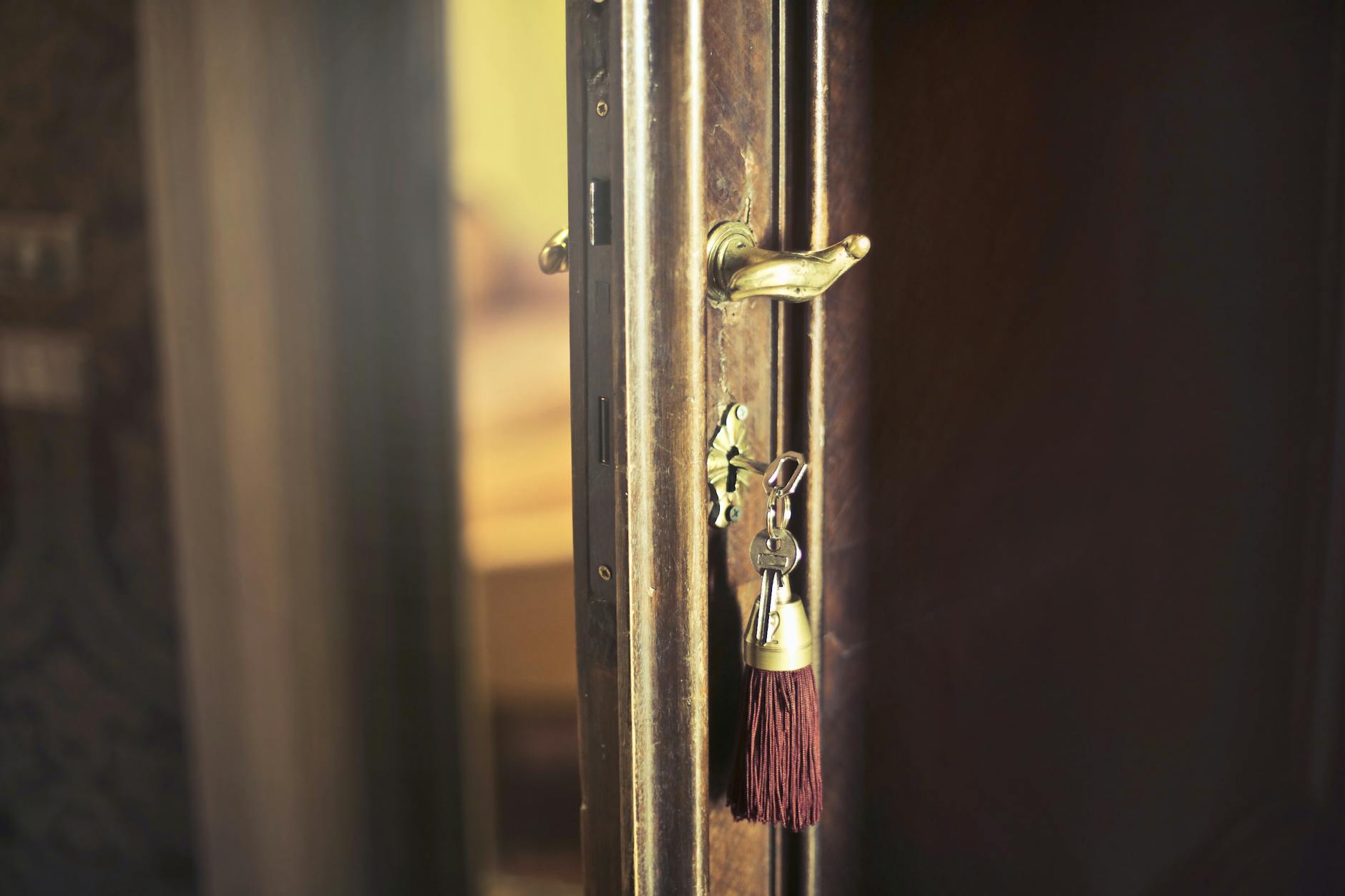Short-Term Rehab For Elderly Near Me
Discover short-term rehab for the elderly near you! Get tailored care and specialized services for a speedy recovery.

Understanding Short-Term Rehab
In the realm of senior care, short-term rehab plays a vital role in the recovery and rehabilitation process for elderly individuals. Let's delve into the definition of short-term rehab and explore its importance.
Definition of Short-Term Rehab
Short-term rehab, also known as sub-acute rehabilitation, is designed to provide a supportive environment for individuals recovering from an injury, illness, or surgery. It typically takes place in a skilled nursing facility or a dedicated rehabilitation center. Short-term rehab aims to help seniors regain strength, mobility, and overall health.
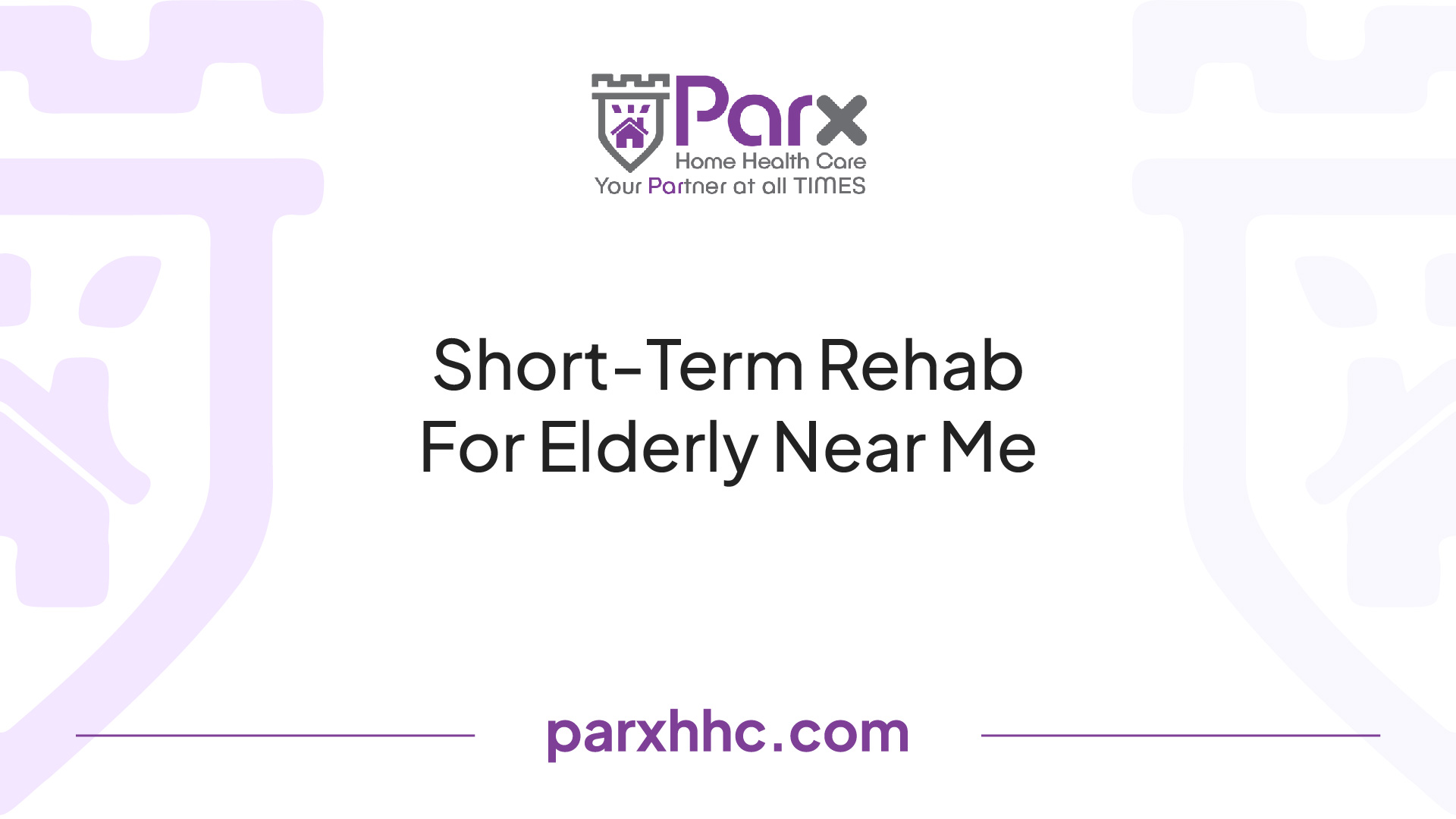
The length of a short-term rehab program can vary depending on the individual's condition and health status. It may range from a few days to several weeks. During this period, seniors receive comprehensive care from healthcare professionals, including physicians, therapists, dieticians, and nurses, who work together to facilitate the recovery process.
Importance of Short-Term Rehab
Short-term rehab is crucial for seniors recovering from various health issues, such as cardiovascular incidents, orthopedic surgeries, and other medical ailments. It offers a safe and supportive environment where individuals can heal under the guidance of healthcare professionals.
The key benefits of short-term rehab include:
- Expert Care: Short-term rehab facilities provide access to a multidisciplinary team of healthcare professionals who specialize in senior rehabilitation. This expertise ensures that seniors receive the best possible care tailored to their specific needs.
- Physical and Occupational Therapy: Short-term rehab programs typically include physical therapy and occupational therapy. These therapies focus on improving strength, mobility, balance, and daily living skills. The goal is to enhance independence and restore optimal functioning.
- Medical Support: Seniors in short-term rehab have access to medical professionals who can monitor their health, manage medications, and provide necessary treatments. This comprehensive medical support ensures that any underlying medical conditions are addressed during the recovery process.
- Safe Environment: Skilled nursing facilities and rehab centers prioritize safety and provide a controlled environment for seniors to recover. This includes assistance with activities of daily living, fall prevention measures, and round-the-clock care.
- Medicare Coverage: Medicare may cover the costs of short-term rehab if the individual meets certain criteria, such as having a qualifying in-patient stay in a hospital setting and a doctor prescribing the rehab stay. Medicare coverage can include up to 100% of the stay for the first 20 days and 80% of the cost starting from day 21.
Short-term rehab provides seniors with the opportunity to recover in a supportive and structured environment. It plays a crucial role in helping them regain independence, improve their overall well-being, and transition back to their daily lives with confidence.
Types of Senior Rehabilitation
When it comes to senior rehabilitation, there are two primary types that individuals can consider: inpatient rehabilitation and outpatient rehabilitation.
Inpatient Rehabilitation
Inpatient rehabilitation is a type of senior rehabilitation that requires individuals to stay in a specialized facility for a certain period of time. This type of rehabilitation is recommended for seniors who need around-the-clock care and continuous monitoring [2]. Inpatient rehabilitation is often necessary for individuals recovering from significant injuries, surgeries, or illnesses.
In an inpatient rehabilitation setting, seniors have access to a multidisciplinary team of healthcare professionals who provide personalized care and therapy. The length of stay in an inpatient rehabilitation facility may vary depending on the individual's medical condition, overall health, and the severity of the injury or illness. Some senior rehab centers offer both short-term and long-term inpatient rehab options.
Outpatient Rehabilitation
Outpatient rehabilitation, on the other hand, allows seniors to receive rehabilitation services while living at home or in an assisted living setting. This type of rehabilitation is suitable for individuals who require less intensive care and can travel to a rehabilitation center for therapy sessions. Outpatient rehabilitation is often recommended for seniors who have less severe injuries or medical conditions and are able to maintain a level of independence.
In outpatient rehabilitation, seniors attend scheduled therapy sessions at a rehabilitation center. These sessions may include physical therapy, occupational therapy, and speech therapy. The frequency and duration of the sessions will depend on the individual's needs and the recommendation of the healthcare professionals.
Outpatient rehabilitation offers seniors the flexibility to receive the necessary rehabilitation services while still being able to enjoy the comfort of their own homes. It allows them to continue their daily routines and receive the care they need to regain strength and restore their health.
Choosing between inpatient and outpatient rehabilitation depends on the specific needs of the senior and the recommendation of their healthcare team. Factors such as the severity of the injury or illness, the required level of care, and the individual's preference will play a role in determining the most appropriate type of rehabilitation. Consulting with healthcare professionals and evaluating the individual's condition will help guide the decision-making process and ensure the best course of action for their rehabilitation journey.
Factors to Consider for Short-Term Rehab
When exploring short-term rehab options for elderly individuals, there are several important factors to consider. These factors can help guide you in making the best decision for your loved one's rehabilitation needs. Two significant considerations are the cost of short-term rehab and the Medicare coverage available for rehab services.
Cost of Short-Term Rehab
The cost of short-term rehab can vary depending on various factors, such as the location, facility type, and services provided. It is essential to understand the potential costs associated with rehab to plan accordingly and explore available payment options.
Below is an overview of the average costs for different types of short-term rehab facilities:
Figures courtesy of A Place for Mom
It's important to note that these costs are approximate and can vary based on location and specific facility offerings. Researching and comparing costs from different short-term rehab facilities in your area can help you make an informed decision.
Medicare Coverage for Rehab
Medicare coverage plays a crucial role in determining the financial feasibility of short-term rehab for elderly individuals. Understanding the coverage provided by Medicare can help alleviate some financial concerns.
Medicare Part A provides hospital insurance and covers rehabilitation therapy within a hospital setting. It also covers up to 100 days of inpatient rehab in a skilled nursing facility or rehabilitation center, provided the patient has been hospitalized for at least 3 days leading up to rehab.
Medicare should cover 100% of the stay for up to 20 days, and 80% of the cost beginning on day 21. The remaining 20% is either paid privately or covered by coinsurance. It's important to note that Medicare can cover up to 100 days of inpatient rehabilitation in a short-term rehab setting.
While Medicare provides coverage for short-term rehab costs, it's important to understand that not all costs may be covered. Additional expenses, such as personal items and non-rehabilitation-related services, may not be included in Medicare coverage. It's advised to review the specific coverage details and limitations to fully understand the costs associated with short-term rehab.
Medicaid, on the other hand, typically does not cover short-term therapy benefits. However, some states offer programs like PACE (Program of All-Inclusive Care for the Elderly) to supplement senior care coverage. Researching Medicaid coverage in your state will help determine what services are covered.
Considering both the cost of short-term rehab and the Medicare coverage available can help you plan and make informed decisions about the best course of action for your loved one's rehabilitation needs. It's also advisable to consult with healthcare professionals and explore any additional financial assistance programs or insurance coverage options that may be available.
Rehabilitation Services for the Elderly
When it comes to short-term rehab for the elderly, there are various rehabilitation services available to help individuals regain their independence and improve their overall well-being. Two key services that play a vital role in the recovery process are physical therapy and occupational therapy.
Physical Therapy
Physical therapy focuses on improving mobility, strength, and function through specialized exercises and techniques. It is often recommended for seniors who have experienced a decline in physical abilities due to injury, surgery, or medical conditions. Physical therapists work closely with patients to develop personalized treatment plans that address their specific needs and goals.
Some of the benefits of physical therapy for the elderly include:
- Restoring mobility: Physical therapy helps seniors regain their ability to walk, balance, and perform daily tasks independently.
- Pain management: Therapists use various techniques, such as manual therapy and therapeutic exercises, to reduce pain and improve overall comfort.
- Fall prevention: Through targeted exercises and balance training, physical therapy helps decrease the risk of falls and related injuries.
- Rehabilitation after surgery: Physical therapy is crucial in the post-operative phase to aid in recovery, restore range of motion, and regain strength.
- Chronic condition management: For seniors with chronic conditions like arthritis or Parkinson's disease, physical therapy can help manage symptoms and improve quality of life.
Occupational Therapy
Occupational therapy focuses on helping seniors regain and enhance their ability to perform activities of daily living (ADLs) and participate in meaningful occupations. Occupational therapists assess the individual's functional abilities and develop interventions to promote independence and safety in everyday tasks.
Key aspects of occupational therapy for the elderly include:
- ADL training: Occupational therapists assist seniors in relearning or adapting activities such as dressing, bathing, grooming, and meal preparation.
- Home modifications: Therapists provide recommendations for home modifications to create a safe and accessible living environment for seniors.
- Assistive devices: Occupational therapists help identify and prescribe assistive devices that can improve independence and quality of life, such as grab bars, reachers, or adaptive utensils.
- Cognitive rehabilitation: For seniors with cognitive impairments, occupational therapy can include memory exercises, problem-solving strategies, and techniques to enhance attention and executive functioning.
- Energy conservation techniques: Occupational therapists teach seniors how to conserve energy during daily activities to prevent fatigue and optimize participation.
By incorporating physical therapy and occupational therapy into the short-term rehab journey, seniors can experience improved physical function, enhanced independence, and a higher quality of life.
Remember, when considering short-term rehab options for the elderly, it's important to consult with healthcare professionals to determine the most appropriate services and therapies based on individual needs and goals.
Choosing a Short-Term Rehab Center
When it comes to selecting the right short-term rehab center for yourself or a loved one, it's important to make an informed decision based on individual needs and preferences. Here are two key aspects to consider during the selection process: visiting rehab facilities and evaluating the staff and facility atmosphere.
Visiting Rehab Facilities
To get a true sense of a short-term rehab center, it is highly recommended to visit the facilities in person or have a trusted friend or family member do so on your behalf. By visiting, you can observe firsthand how things operate, interact with staff members, and gather information that will help you make an informed decision.
During your visit, pay attention to the following factors:
- Warmth of the greeting: Observe how the staff welcomes visitors and potential residents. A warm and friendly greeting can set the tone for the overall experience.
- Staff demeanor: Take note of how the staff interacts with residents and visitors. Friendly and compassionate interactions are essential for creating a supportive and caring environment.
- Cleanliness: Assess the cleanliness and hygiene standards of the facility. A clean and well-maintained environment is crucial for the overall well-being of the residents.
- Overall atmosphere: Trust your instincts and consider the overall atmosphere of the facility. Does it feel comfortable and inviting? A positive atmosphere can contribute to a better rehabilitation experience.
By visiting rehab facilities, you can gather valuable insights that will help you make an informed choice about the most suitable short-term rehab center.
Evaluating Staff and Facility Atmosphere
The staff and facility atmosphere play a crucial role in the overall rehabilitation experience. When evaluating a short-term rehab center, consider the following factors:
- Staff qualifications: Inquire about the qualifications and experience of the staff members, including therapists, nurses, and aides. Skilled and knowledgeable professionals can provide effective care and support during the rehabilitation process.
- Staff availability: Understand the availability of staff members and the level of attention they can provide to each resident. Adequate staffing ensures that residents receive the necessary care and attention they require.
- Facility amenities: Assess the amenities available at the facility, such as therapy rooms, common areas, and recreational spaces. These amenities contribute to the overall comfort and well-being of the residents.
- Communication and emergency protocols: Inquire about the facility's communication procedures and emergency protocols. It is important to ensure that there are clear lines of communication and that emergency contact information is readily available.
By carefully evaluating the staff and facility atmosphere, you can gain a better understanding of the quality of care and support provided at the short-term rehab center.
Remember, after choosing a short-term rehab center, it's important to verify the best way to contact patients, communicate emergency contact information, and obtain the names and contact information of key team members at the center. This ensures effective communication and peace of mind during the rehabilitation process.
Specialized Rehab Services
When it comes to short-term rehab for the elderly, specialized care for specific conditions and services offered in convalescent homes play a crucial role in ensuring the well-being and recovery of the individuals.
Tailored Care for Specific Conditions
Some convalescent homes in Montreal provide services tailored to specific conditions, catering to the unique needs of elderly individuals with various health concerns. These conditions may include Alzheimer's memory care, Mild Cognitive Impairment, Parkinson's Assisted Living, and more [5]. By offering specialized care, these homes create an environment that promotes comfort, safety, and effective rehabilitation for residents with specific conditions.
Services Offered in Convalescent Homes
Convalescent homes in Montreal offer a wide range of services to address the diverse needs of the elderly during their short-term rehab stays. These services may include assisted living, Alzheimer's memory care, Mild Cognitive Impairment care, palliative care, non-autonomous care, dementia special care units, and more. The facilities are equipped with features such as coded door systems and wheelchair accessibility to ensure a safe and comfortable environment for the residents.
Here is a summary of the services offered in convalescent homes:
Services Offered
- Assisted Living
- Alzheimer's Memory Care
- Mild Cognitive Impairment Care
- Palliative Care
- Non-Autonomous Care
- Dementia Special Care Units
- Coded Door Systems
- Wheelchair Accessibility
Table based on information from Residences Quebec
With a variety of services available, convalescent homes aim to provide comprehensive support and care to the elderly during their short-term rehab stays. The staff members are trained to meet the unique needs of residents, ensuring they receive the necessary assistance and attention throughout their rehabilitation process.
For residents in Montreal seeking short-term rehab services for the elderly, it is recommended to consult with a qualified residence advisor. These advisors can provide free assistance in finding the most suitable convalescent home based on the specific needs and preferences of the individual.
With 58 convalescent homes offering short-term rehab services in various regions of Montreal, such as Ahuntsic, Ste-Geneviève, West-Island, St-Léonard, Pointe-Claire, Ville-Marie, Dollard-Des-Ormeaux, and more, individuals can find a facility that meets their needs and is conveniently located [5].
References
[1]: https://www.umh.org/assisted-independent-living-blog/faqs-short-term-rehab
[2]: https://www.aplaceformom.com/caregiver-resources/articles/rehab-care
[3]: https://www.magnoliamanor.com/senior-rehabilitation-therapy-in-georgia
[4]: https://www.threepillars.org/blog/10-questions-to-ask-when-selecting-a-short-term-rehab-center/
[5]: https://residences-quebec.ca/en/retirement-homes/8~short-stay-convalescence/6~montreal




